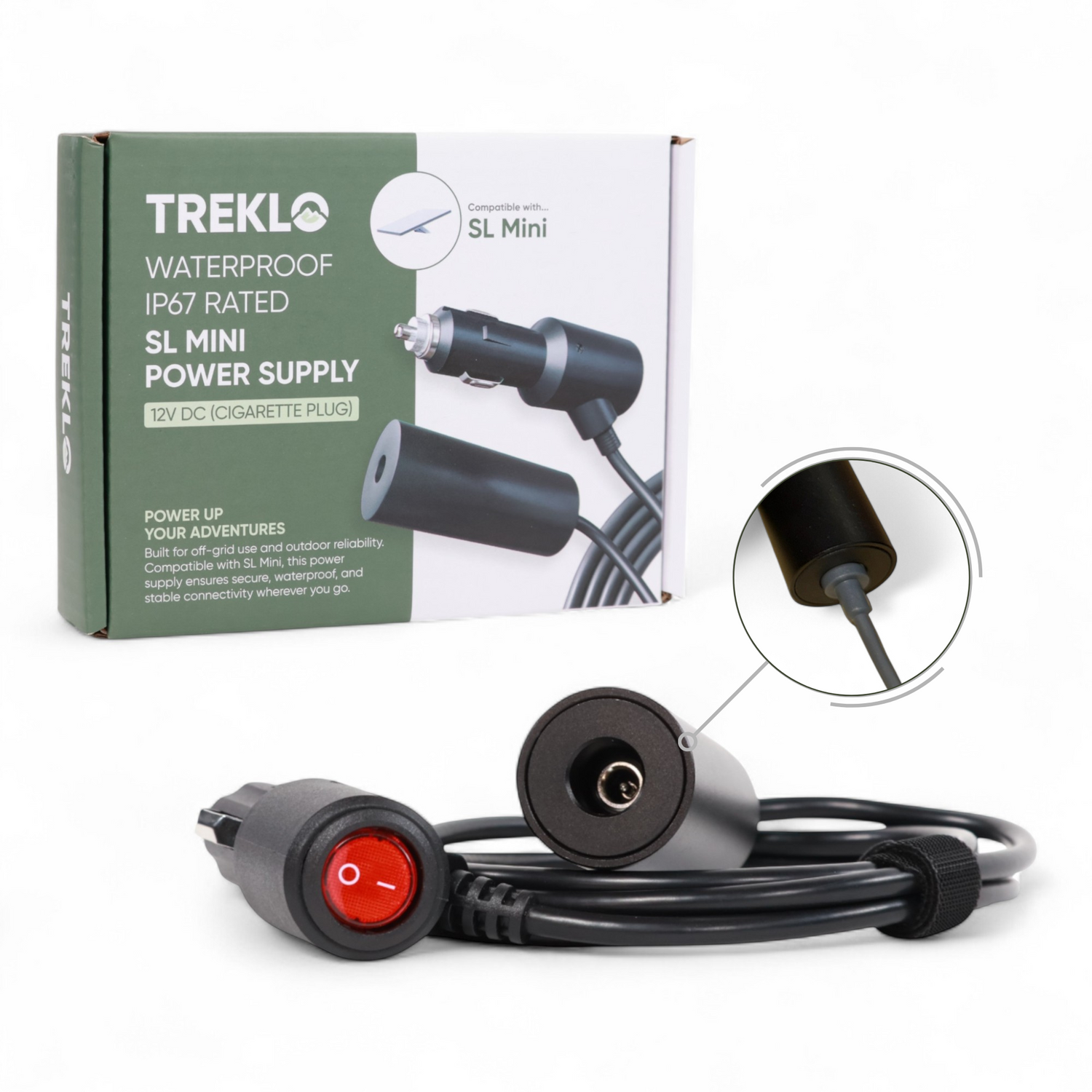Short version: USB-C at 20 V can run a Mini, but a true 30 V DC feed is measurably better: lower current, less voltage drop, fewer handshake points, and more headroom over longer leads.
Why 30 V DC is the smarter choice
1) Lower current = cooler cables & steadier voltage
Power is volts × amps. For the same watts, 30 V needs less current than 20 V. Lower current means less voltage drop in your wiring, less connector heating, and fewer nuisance dropouts—exactly what you want in vans, caravans, and boats.
2) No PD “handshake” to fail
USB-C Power Delivery relies on a negotiation chip. If anything’s marginal (dust, vibration, cable quality, odd adapter behaviour), start-up or transient loads can glitch. A dedicated 12V Starlink Mini Plug-and-Play Adapter is simple: no negotiation—just stable, plug-and-play power.
3) Keeps conversion losses where they belong
Feeding ~30 V directly minimises extra up-conversion inside the chain. That helps efficiency and reduces stress on internal regulators during spikes.
4) Better for long runs
Longer leads amplify voltage drop. Starting at 30 V gives you far more margin before the dish sees under-voltage.
Assumptions for the numbers below: 10 m round-trip cable (5 m out + 5 m back), 18 AWG ≈ 0.21 Ω total. Figures are illustrative and scale with length and wire gauge.
Real-world maths (25 W & 100 W)
| Scenario | Supply | Power | Current | 10 m (18 AWG) V-drop | % Drop | Cable Heat (I²R) |
|---|---|---|---|---|---|---|
| Light load | 30 V DC | 25 W | 0.83 A | 0.18 V | 0.6% | 0.15 W |
| Light load | 20 V USB-C | 25 W | 1.25 A | 0.26 V | 1.3% | 0.33 W |
| Higher load | 30 V DC | 100 W | 3.33 A | 0.70 V | 2.3% | 2.33 W |
| Higher load | 20 V USB-C | 100 W | 5.00 A | 1.05 V | 5.3% | 5.25 W |
What that means in practice
-
For the same watts, 20 V draws ~50% more current than 30 V → more drop and heat in the same cable.
-
As power rises (e.g., 100 W spikes), the penalty at 20 V gets worse—right when Starlink is most sensitive to dips.
-
30 V DC keeps current lower and voltage steadier at the dish, especially with longer leads or lighter-gauge wiring.
Where USB-C still makes sense
We’re not anti-USB-C. It’s handy for short, tidy setups, quick tests, or very short leads with robust PD sources. If you’re keen to use USB-C, check out our:
For permanent off-grid installs, roof-rack runs, or anything that might see vibration, dust, or longer cable lengths, the dedicated 12V Starlink Mini Plug-and-Play Adapter is the better engineering choice.
Takeaway
-
USB-C 20 V: convenient and workable for short runs.
-
30 V DC: lower amps, lower losses, fewer failure points, and more voltage headroom—the reliable way to power Starlink Mini in a caravan, campervan, RV, or boat.




















